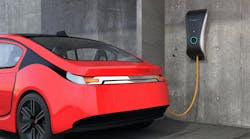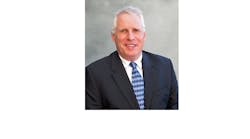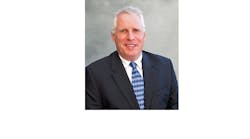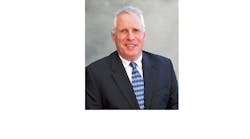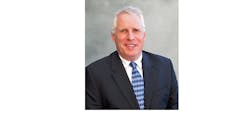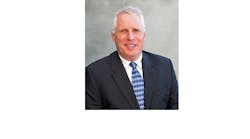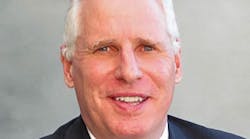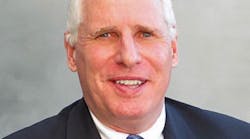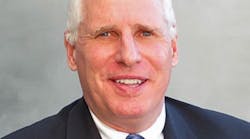This month’s cover story about Bill Schofield’s idea for transforming Group CBS, Gainesville, Texas, and the market for reconditioned, remanufactured and surplus electrical equipment is yet another good example that the popular 1990s management strategy of setting a Big Hairy Audacious Goals (BHAGs) still has legs.
Executive Editor Doug Chandler’s excellent profile on CBS, “A Devotion to Disruption,” (page 14), explores how Schofield’s idea to load product data, tech specs, high-quality images and pricing for his eclectic mix of reconditioned and surplus electrical equipment may rewrite the rules of the game in his market niche. Schofield thinks his idea will establish Group CBS as the premier source for reconditioned circuit breakers, controls, switchgear and other distribution equipment for a diverse array of customers, including nuclear power plants, electric utilities, government facilities, mines and other end users.
BHAGs (pronounced “bee-hags”) first became popular 20 years ago with the 1995 business bestseller Built to Last: Successful Habits of Visionary Companies by Jim Collins and Jerry Porras. It schooled a generation of senior executives on the importance of thinking past quarter-to-quarter financial results and developing big-and-bold new products or services that have the potential to transform their businesses.
I have been thinking recently about how you know when a BHAG becomes a reality. Few companies have committed to developing Big Hairy Audacious products like Apple. The company didn’t develop the first smartphone or tablet, but Steve Jobs & Co. took these existing technologies and revolutionized our perception of what smartphones and tablets can be with the iPhone and iPad. It looks like their most recent BHAG, the development of a smartwatch for the masses, has badly missed the mark. The Apple smartwatch, at least in its 1.0 version, doesn’t seem to have enough features that consumers can’t already get in other smart watches now on the market.
To me, a defining characteristic of a successful BHAG is how fast it becomes popular. You knew soon after their launches that the iPhone or iPad were going to be huge hits. A more recent example is Uber. I first tried Uber in May 2014 (a bit of a late adopter, I know) at the NAED Conference in San Francisco to get a ride to the airport. Although the company was first founded in 2009, at that time, Uber rides were available in San Francisco and relatively few large cities. Fast-forward just over one year and Uber rides are now available in hundreds of cities.
I ran across another new idea that may have the potential to be a BHAG, although on a smaller scale than those just mentioned. Google recently announced on its always-interesting Google Green Blog that it’s developing a new service for the renewables market that would help homeowners learn if their homes are likely candidates for solar power.
Now being tested in the Bay Area and Boston, Project SunRoof mashes up the power of Google Maps with data on how much sunlight hits a home’s roof. Type in a street address in one of these markets and Project Sunroof does an instantaneous analysis on whether or not it makes sense for that homeowner to go solar. Says Google, “Project Sunroof computes how much sunlight hits your roof in a year. It takes into account Google’s database of aerial imagery and maps; 3D modeling of your roof; shadows cast by nearby structures and trees; all possible sun positions over the course of a year; and historical cloud and temperature patterns that might affect solar energy production.”
Whether or not you are a believer in the potential of solar energy, you must admit that Project Sunroof is a pretty cool mash-up of Google’s incredibly detailed maps and mountains of solar data to create an easy-to-use tool for the masses.
You don’t necessarily need to invent the next iPhone or try to revolutionize an entire industry with your BHAG, as Bill Schofield wants to do with Group CBS. But you can draw from his energy and example to start thinking through ideas that could radically change the game for your company.
